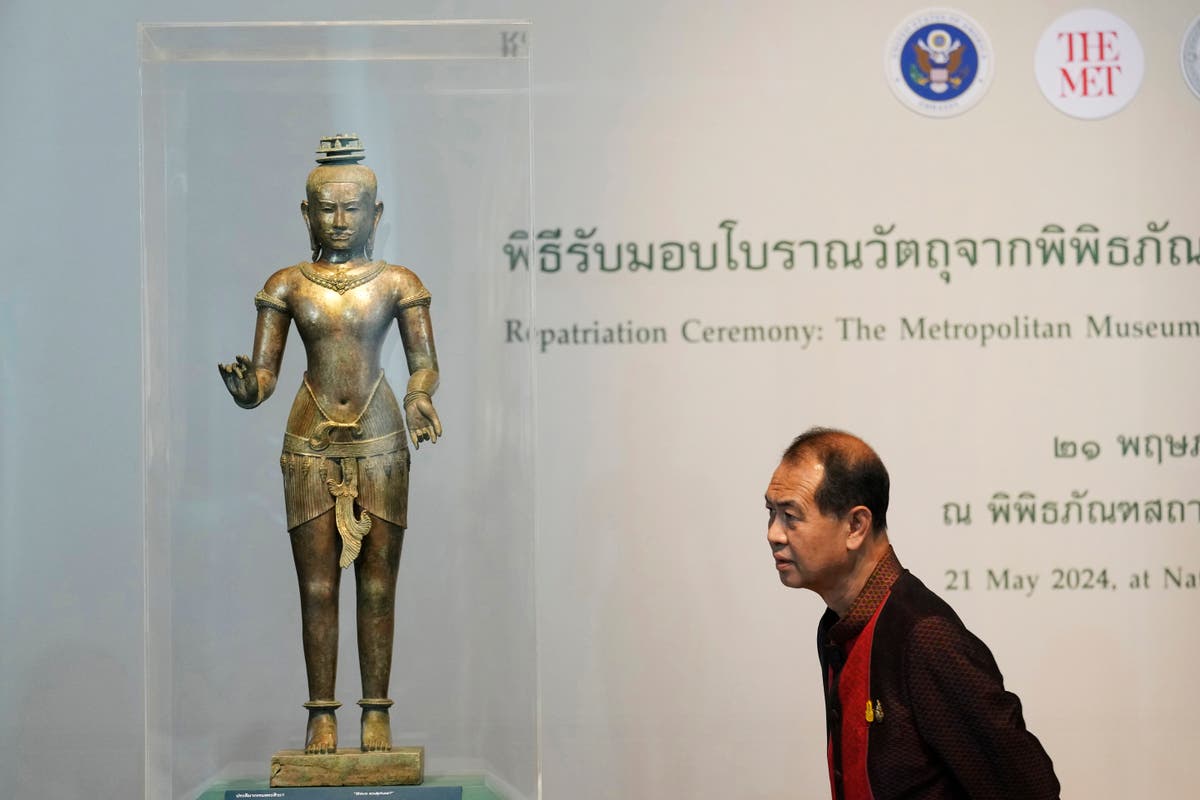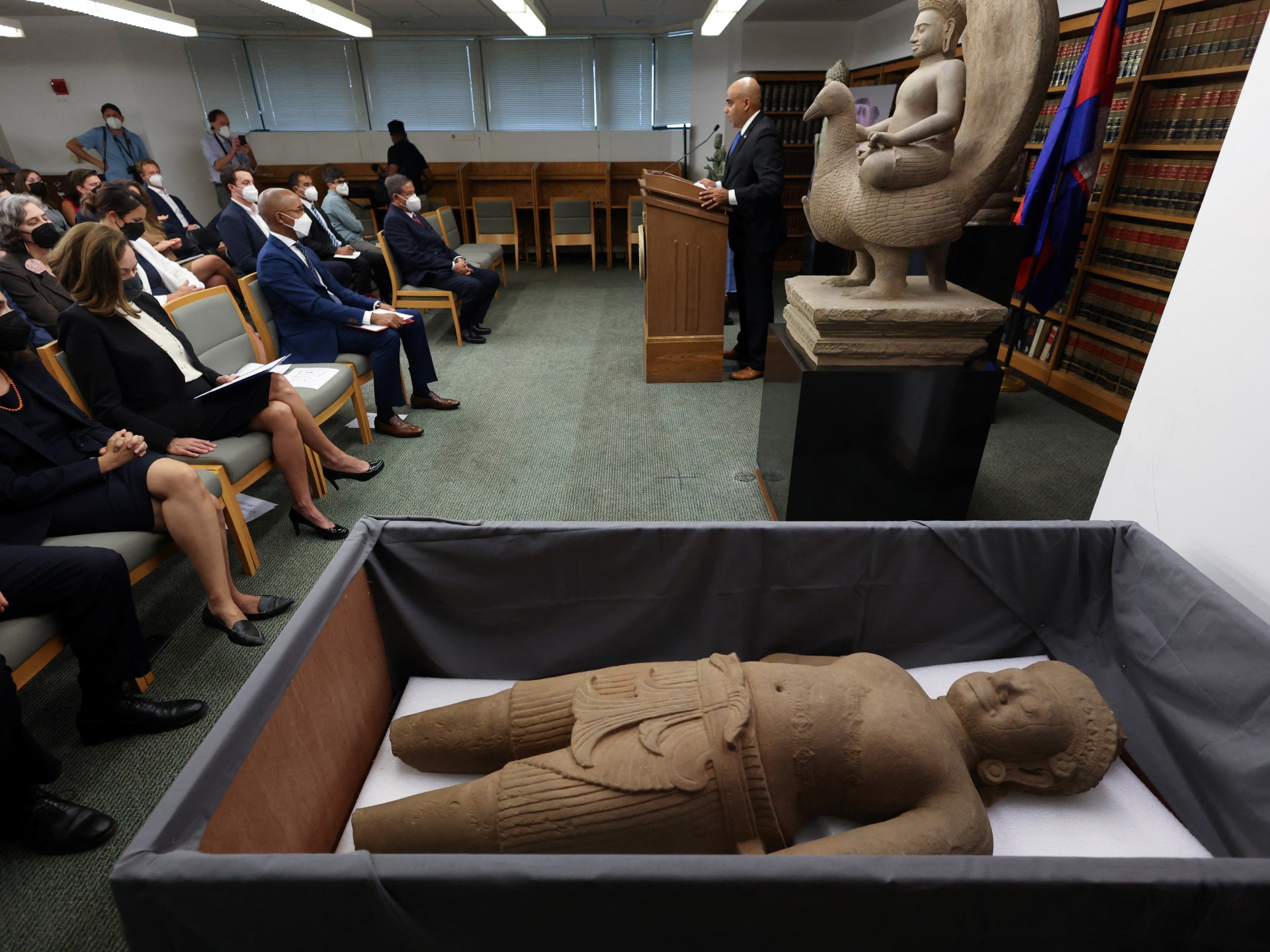)
Idol trackers: How stolen treasures are hunted down and brought back to India
FirstpostIndia Pride Project says it played a key role in the restitution of Virudhachalam Ardhananri and Sripuranthan Nataraja from Australia, Sripuranthan Uma from Singapore and Sripuranthan Ganesha from the US, among others The recovery and restitution of artefacts — like those brought back from the US by Prime Minister Narendra Modi — is a complex and lengthy process involving meticulous tracking of stolen items and joint investigations by American officials, Indian authorities and art enthusiasts, according to S Vijay Kumar, the co-founder of a group committed to recovering missing antiquities that are in high demand in the art market. With Kapoor under probe, IPP — which digitally compares photos of stolen artefacts with that of similar items that surface in museums or at auctions across the world — stumbled upon images that a smuggling network in India was “sending to the collecting lobby consisting of dealers, collectors and auction houses”, Kumar said. “The recent restitution is a shot in the arm for our long-drawn battle… a perception that art theft in India is insignificant and that only a few artefacts have been lost,” Kumar said. While major art markets in America and the European Union have started bringing in tougher regulations aimed at stricter policing and harsher penalties, India still relies on either the Customs Act 1962 or the Indian Penal Code’s Section 380, which is for break-ins and carries a maximum penalty of Rs 3,000 and seven years in jail, Kumar said, highlighting the need for “better heritage laws”.
History of this topic

India plans repatriation of Kohinoor, colonial artefacts from UK: Report
India Today
Over 1,000 artefacts in the Metropolitan Museum of Art linked to traffickers and looters: Report
Op India)
In a historic first, UK repatriates seven stolen artefacts to India; know all about them
Firstpost
Stolen artefacts to be returned to India from Scotland museums
The Hindu)
Stolen 15th Century Sculptures of Lord Ram, Sita and Lakshman Back to India from UK After 40 Years
News 18Discover Related
















































